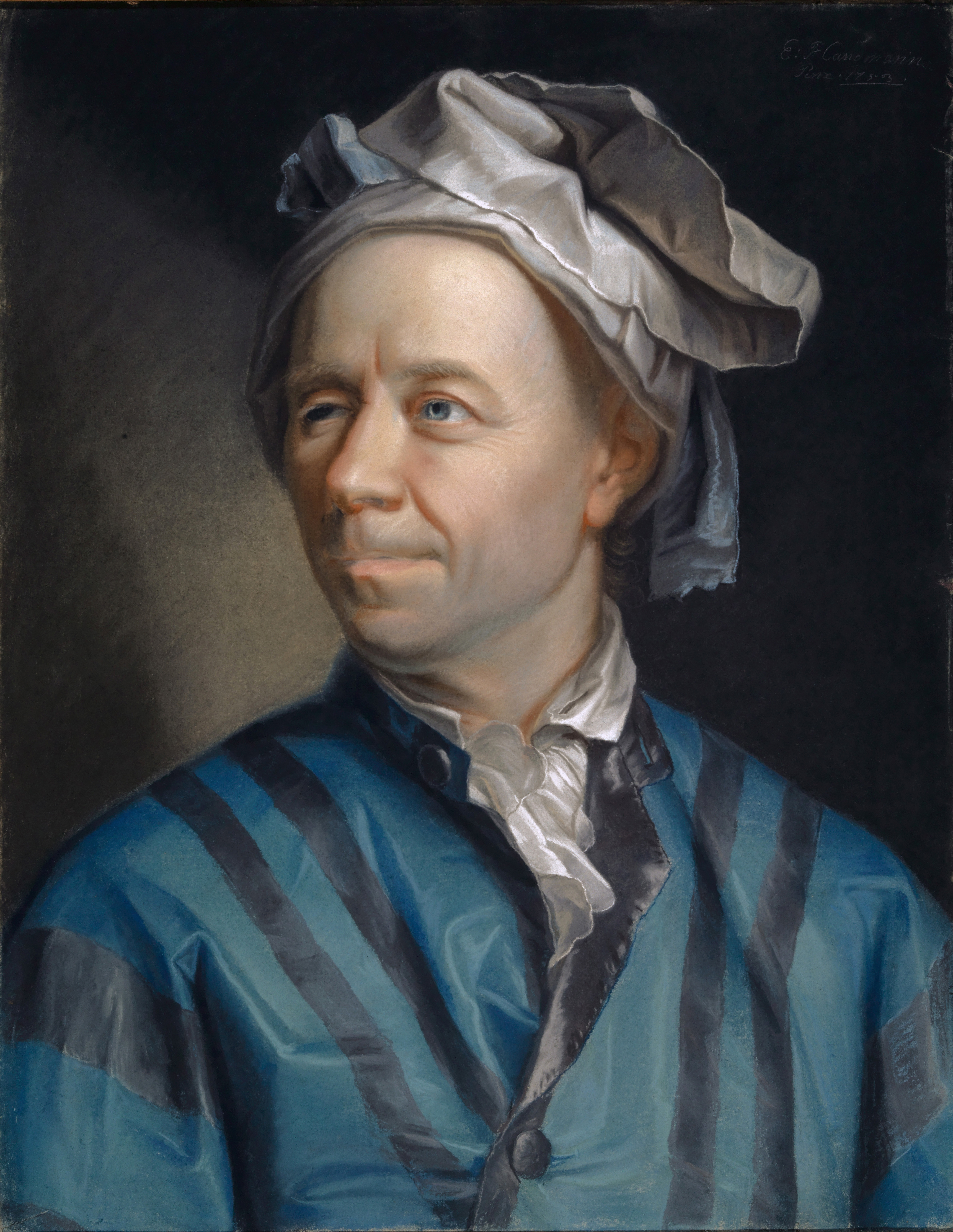The online uniformly accelerated rectilinear motion (UARM) simulations on this page teach you in a practical way what this motion is like and what are the main equations that describe it.
What is uniformly accelerated rectilinear motion (UARM)?
Uniformly accelerated rectilinear motion (UARM), also called uniformly varied rectilinear motion (UVRM), is a type of motion in which an object experiences a constant change in velocity over time. In this type of motion, the acceleration of the object remains constant, meaning that it experiences a uniform acceleration.
Uniformly accelerated rectilinear motion (UARM) equations
To describe this type of motion, several equations are used, the most important of which are the velocity equation and the distance equation.
Velocity equation in UARM
The equation of velocity in uniformly accelerated rectilinear motion is:
v = v0 + at
In this equation, v represents the velocity at a given instant, v0 is the initial velocity, a is the acceleration and t is the time elapsed since the initial instant. This equation allows us to calculate the final velocity of an object as a function of its initial velocity, acceleration and time.
Equation of the distance in UARM
Another important equation is the equation of distance traveled in uniformly accelerated motion:
d = v0t + (1/2)at².
In this equation, d represents the distance traveled, v0 is the initial velocity, t is the time elapsed since the initial instant and a is the acceleration. This equation allows us to calculate the distance traveled by the object as a function of its initial velocity, acceleration and time.
Other UARM equations
From these basic UARM equations, other equations can be derived and calculations can be performed to determine the velocity, position and other parameters of the moving object. Two examples are the equation of distance as a function of velocity and the equation of velocity as a function of distance.
Equation of distance as a function of velocity
This equation allows one to calculate the distance traveled using the initial and final velocities, along with the acceleration. Its expression is:
d = (v² – v₀²) / (2a)
Equation of velocity as a function of distance
This equation determines the final velocity as a function of initial position, distance traveled and acceleration. Its expression is:
v² = v₀² + 2a·d
These derived UARM equations complement the fundamental ones, facilitating the analysis of UARM in various practical applications.
UARM in everyday life
Uniformly accelerated motion is encountered in a variety of scenarios in everyday life and science. Examples include the launching of objects in projectiles, the motion of accelerating or decelerating vehicles, and the free fall of objects under the influence of gravity.
These online uniformly accelerated rectilinear motion (UARM) simulations are very useful for understanding this basic but important type of motion.
Explore the exciting STEM world with our free, online simulations and accompanying companion courses! With them you'll be able to experience and learn hands-on. Take this opportunity to immerse yourself in virtual experiences while advancing your education - awaken your scientific curiosity and discover all that the STEM world has to offer!
Uniformly accelerated rectilinear motion (UARM) simulations
- Equations
- Fall
- Free
Free fall
This simulation allows you to view graphs of distance and velocity as a function of time for an object in free fall.
- Bus I
- Bus II
- Acceleration
- Deceleration
- Equations
- Fall
- Free
Uniformly Accelerated Motion
This animation is an example of uniformly accelerated motion. The bus, starting from zero, is increasing its speed with constant acceleration.
Uniformly decelerated motion
This animation is an example of uniformly decelerated motion. The bus, starting from a high velocity, slows down with constant deceleration until it stops.
Uniformly Accelerated Motion
This animation shows the graphs of the motion of a car accelerating with constant acceleration from rest and maintaining a straight motion. What does the area under the line of the v – t graph represent?
Uniformly Decelerated Motion
This animation shows the graphs of the motion of a car decelerating with constant deceleration from its initial velocity to rest and then backing up.
Free fall
This simulation allows you to view graphs of distance and velocity as a function of time for an object in free fall.
Giants of science
“If I have seen further, it is by standing on the shoulders of giants”
Isaac Newton

Isaac Newton
–

Daniel Bernoulli
–
Become a giant


Mechanics, Part 2



Mechanics, Part 1



Dynamics and Control



AP® Physics 1 – Part 4: Exam Prep



AP® Physics 1: Challenging Concepts



AP® Physics 2: Challenging Concepts



AP® Physics 1 – Part 1: Linear Motion





























